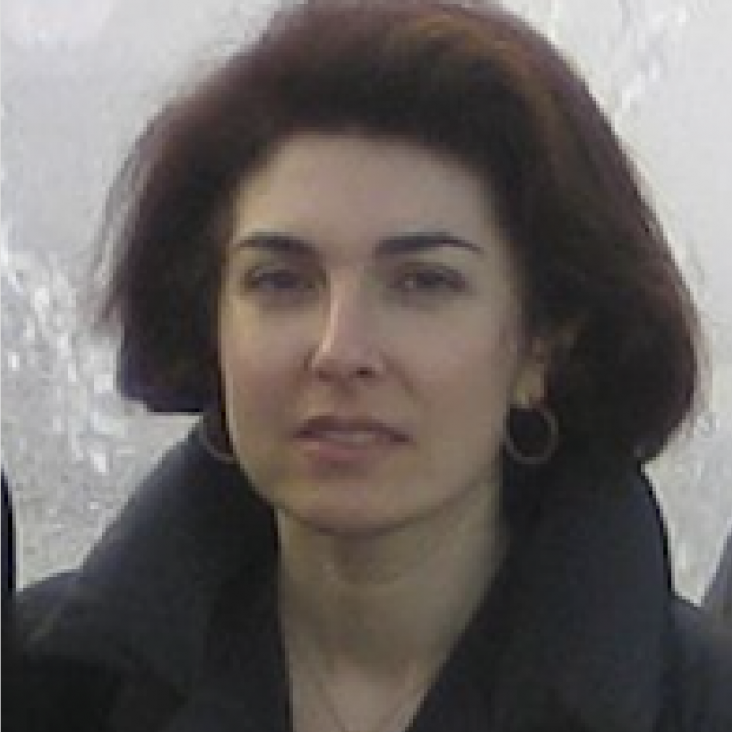Accurate Baryon Acoustic Oscillations Reconstruction via Semidiscrete Optimal Transport
Physical Review Letters, Volume 128, Issue 20, article id.201302
Abstract:
Optimal transport theory has recently re-emerged as a vastly resourceful field of mathematics with elegant applications across physics and computer science. Harnessing methods from geometry processing, we report on the efficient implementation for a specific problem in cosmology—the reconstruction of the linear density field from low redshifts, in particular the recovery of the baryonic acoustic oscillation (BAO) scale. We demonstrate our algorithm's accuracy by retrieving the BAO scale in noiseless cosmological simulations that are dedicated to cancel cosmic variance; we find uncertainties to be reduced by a factor of 4.3 compared with performing no reconstruction, and a factor of 3.1 compared with standard reconstruction.
Reconstruction of the early Universe as a convex optimization problem
Monthly Notices of the Royal Astronomical Society, 2003, Volume 346, Issue 2, pp. 501-524.
Abstract:
We show that the deterministic past history of the Universe can be uniquely reconstructed from knowledge of the present mass density field, the latter being inferred from the three-dimensional distribution of luminous matter, assumed to be tracing the distribution of dark matter up to a known bias. Reconstruction ceases to be unique below those scales - a few Mpc - where multistreaming becomes significant. Above 6 h-1 Mpc we propose and implement an effective Monge-Ampère-Kantorovich method of unique reconstruction. At such scales the Zel'dovich approximation is well satisfied and reconstruction becomes an instance of optimal mass transportation, a problem which goes back to Monge. After discretization into N point masses one obtains an assignment problem that can be handled by effective algorithms with not more than O(N3) time complexity and reasonable CPU time requirements. Testing against N-body cosmological simulations gives over 60 per cent of exactly reconstructed points.
We apply several interrelated tools from optimization theory that were not used in cosmological reconstruction before, such as the Monge-Ampère equation, its relation to the mass transportation problem, the Kantorovich duality and the auction algorithm for optimal assignment. A self-contained discussion of relevant notions and techniques is provided.
We apply several interrelated tools from optimization theory that were not used in cosmological reconstruction before, such as the Monge-Ampère equation, its relation to the mass transportation problem, the Kantorovich duality and the auction algorithm for optimal assignment. A self-contained discussion of relevant notions and techniques is provided.


